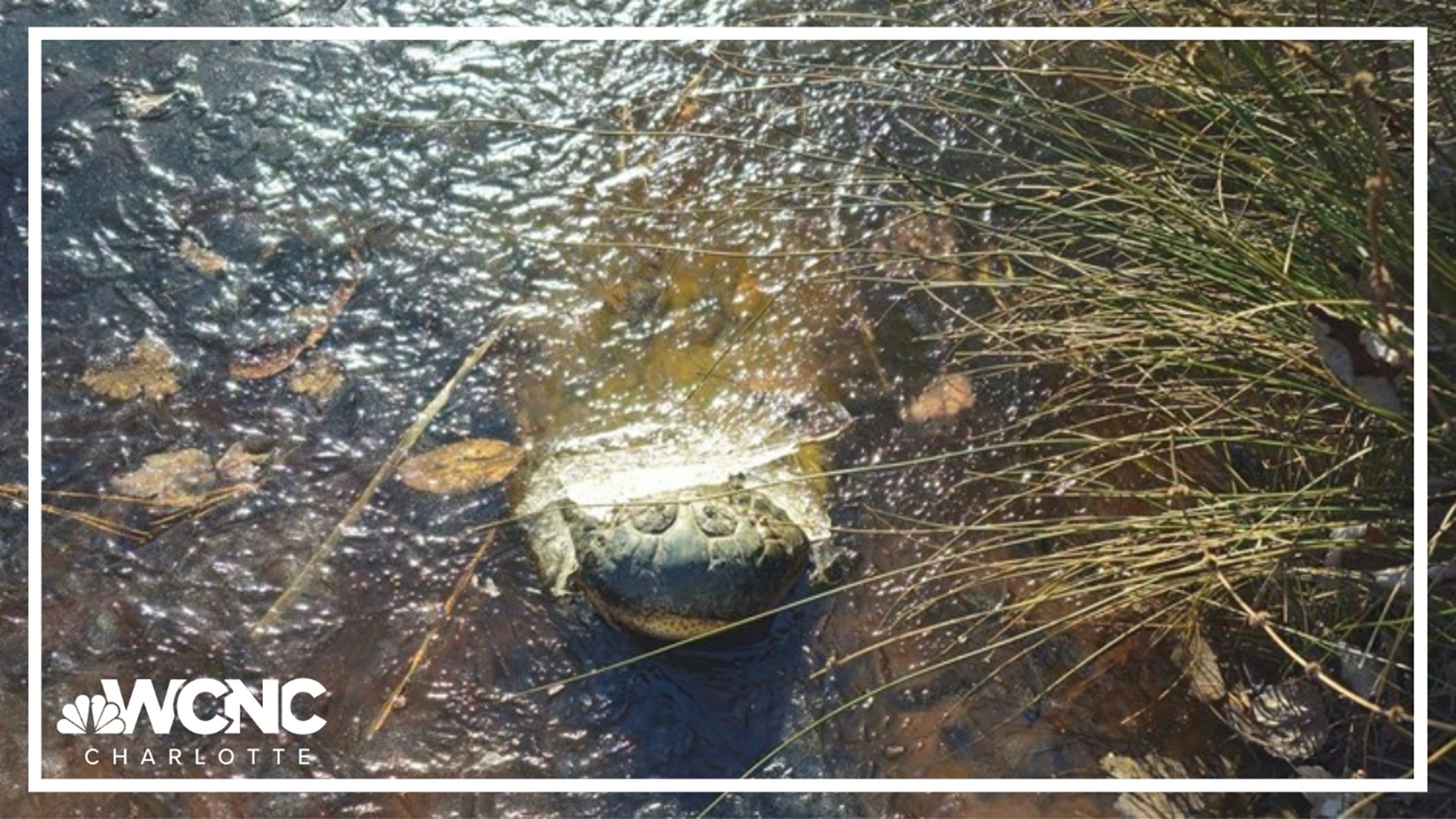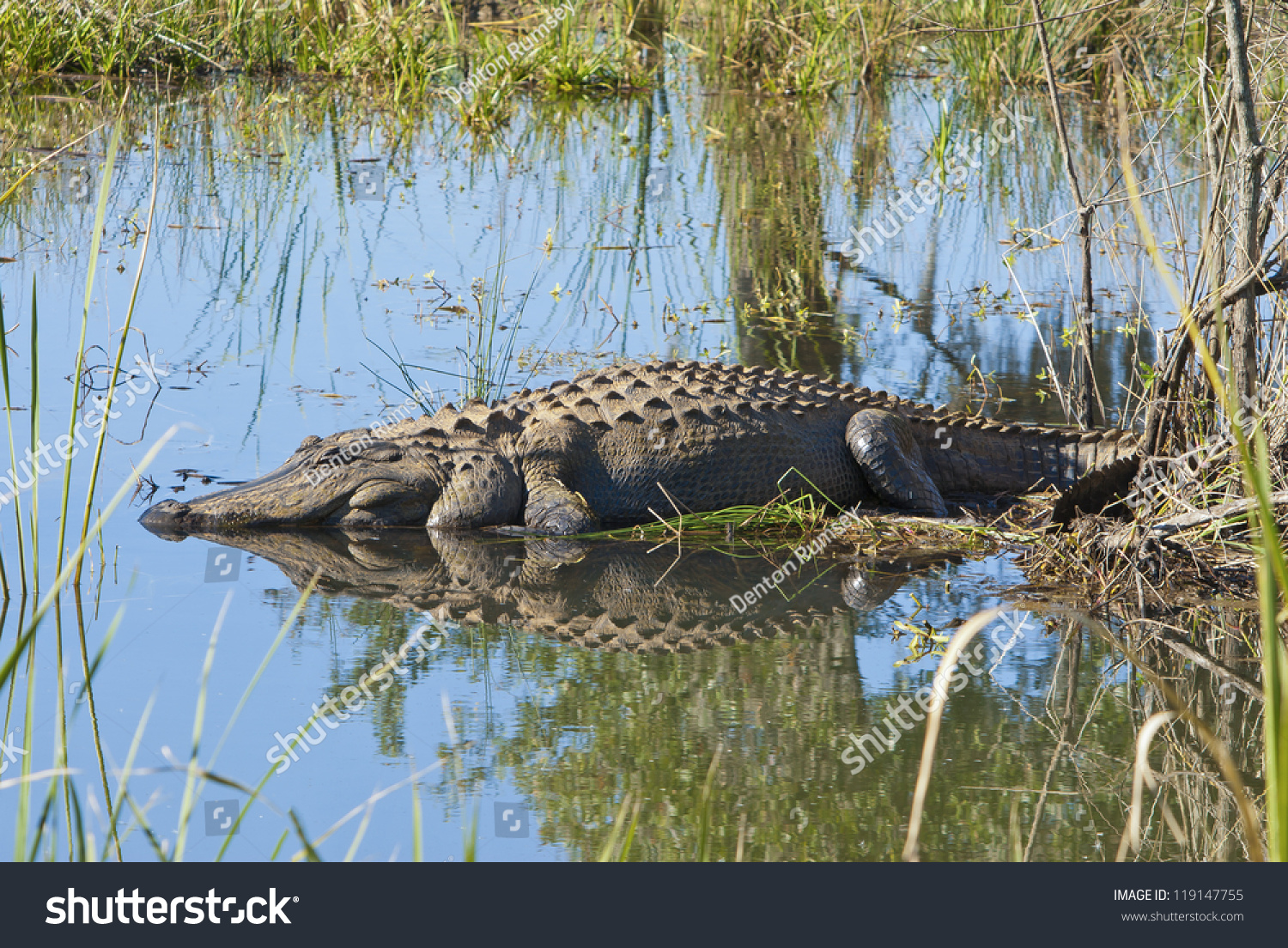Frozen Alligators In North Carolina: Nature's Astonishing Survival Tactic
Did you know that alligators in North Carolina have a remarkable survival mechanism that allows them to survive freezing temperatures? These prehistoric reptiles, known for thriving in warm climates, have an extraordinary ability to endure extreme cold by literally freezing themselves in place. This fascinating phenomenon has captured the attention of scientists, wildlife enthusiasts, and curious minds alike, shedding light on the adaptability of nature's most resilient creatures.
North Carolina is home to the American alligator, a species that typically inhabits wetlands, swamps, and freshwater environments. While the state experiences a temperate climate for most of the year, cold snaps during winter can be severe. During these icy periods, alligators exhibit a unique behavior called "brumation," in which they slow down their metabolism and enter a state of dormancy. But what truly sets them apart is their ability to poke their snouts above the frozen water, allowing them to breathe while the rest of their bodies remain submerged and encased in ice. This defense mechanism has intrigued researchers and underscores the incredible ingenuity of wildlife in adapting to their surroundings.
The phenomenon of frozen alligators in North Carolina is not only a testament to the resilience of these ancient creatures but also a reminder of the delicate balance of ecosystems. This article will delve deep into the science behind this behavior, its impact on the ecosystem, and its broader implications for wildlife conservation. Whether you're a nature lover, a student of biology, or simply curious about the wonders of the animal kingdom, this comprehensive guide will provide you with all the answers you're looking for.
- Mastering Wrinklefree Fabrics With A Reliable Wrinkle Release Spray
- The Ultimate Guide To Coffee With Wifi Finding The Perfect Spot To Work And Relax
Table of Contents
- What Are Frozen Alligators?
- How Do Alligators Survive Freezing Temperatures?
- Why Do Alligators in North Carolina Freeze?
- Can Alligators Survive While Being Frozen?
- Scientific Research on Frozen Alligators
- The Role of Brumation in Alligator Survival
- Frozen Alligators and Their Impact on Ecosystems
- Is This Behavior Unique to North Carolina Alligators?
- Can Human Activities Disrupt This Natural Adaptation?
- What Can We Learn from Frozen Alligators?
- How to Spot Frozen Alligators Safely?
- What Should You Do If You Encounter a Frozen Alligator?
- Frequently Asked Questions About Frozen Alligators
- Importance of Conservation Efforts for Alligators
- Final Thoughts on Frozen Alligators in North Carolina
What Are Frozen Alligators?
Frozen alligators are not literally frozen solid like blocks of ice. Instead, they employ a survival technique that allows them to endure freezing temperatures by slowing their metabolic processes and partially surfacing their snouts above icy water. This state of dormancy, often referred to as brumation, is similar to hibernation in mammals but is unique to cold-blooded reptiles like alligators. During this period, the alligator's body temperature drops significantly, and its physiological functions slow to conserve energy.
This behavior has been observed in various parts of North Carolina, particularly in regions where temperatures can plummet unexpectedly during winter. It’s a fascinating display of nature's resilience and adaptability, showcasing how these ancient creatures have survived for millions of years. The sight of an alligator's snout protruding from a frozen surface is both eerie and awe-inspiring, reminding us of the intricate ways in which wildlife interacts with its environment.
How Does This Phenomenon Occur?
The process begins when temperatures drop to freezing levels, causing the surface of water bodies to solidify into ice. Alligators instinctively sense the change in weather and position themselves in shallow water, ensuring their snouts remain above the ice. This allows them to breathe while their bodies remain submerged in the icy water. Their slowed-down metabolism ensures they require minimal oxygen, enabling them to survive in such harsh conditions for extended periods.
- Young Wayne Newton A Detailed Look Into The Early Life Of A Singing Sensation
- Avec Restaurant Chicago A Culinary Icon With Unmatched Flavors
Are Frozen Alligators Exclusive to North Carolina?
While frozen alligators have been most prominently documented in North Carolina, similar behavior has been observed in other southern states with cold climates, such as South Carolina and Georgia. However, North Carolina's unique combination of warm wetlands and occasional cold snaps makes it a prime location for studying this fascinating phenomenon. The state’s diverse ecosystems provide a perfect backdrop for observing the interplay between alligators and their environment.
How Do Alligators Survive Freezing Temperatures?
Alligators are ectothermic, meaning their body temperature depends on external sources like sunlight and ambient heat. When temperatures drop, they lack the ability to generate internal heat like mammals do. Instead, they rely on behavioral and physiological adaptations to survive. One of these adaptations is brumation, a state in which their metabolism slows to a crawl, minimizing energy expenditure and oxygen needs.
During brumation, alligators become less active and may not eat for weeks or even months. Their heart rate slows, and they enter a state of torpor. In freezing conditions, they adopt a specific posture that allows their nostrils to break through the ice, enabling them to breathe while the rest of their body remains underwater. This extraordinary adaptation is a testament to their resilience and evolutionary success.
What Role Does Ice Play in Their Survival?
Surprisingly, the ice itself acts as an insulator, protecting the alligator from even colder temperatures above the surface. While it may seem counterintuitive, the water beneath the ice remains slightly warmer than the air temperature, providing a relatively stable environment for the alligator. By staying submerged, they avoid exposure to the freezing winds and maintain a level of thermal stability.
Do Alligators Suffer Any Long-Term Effects from Freezing?
Research indicates that alligators do not suffer long-term effects from brumation or freezing conditions. Their bodies are remarkably adapted to endure these extreme conditions without sustaining damage. However, prolonged exposure to freezing temperatures beyond their tolerance levels can be fatal. This underscores the importance of their natural instincts and the role of their environment in facilitating their survival.
Why Do Alligators in North Carolina Freeze?
The freezing behavior of alligators in North Carolina is primarily a survival strategy triggered by the state’s fluctuating winter temperatures. Unlike their counterparts in tropical regions, North Carolina alligators must contend with occasional cold snaps that can cause water bodies to freeze over. By adopting this behavior, they ensure their survival during periods when their natural habitat becomes inhospitable.
Several factors influence this behavior, including temperature, water depth, and the availability of sheltered areas. North Carolina’s unique climate and ecosystem create the perfect conditions for observing this phenomenon. The state’s wetlands and swamps offer a diverse range of habitats where alligators can thrive despite the challenges posed by winter weather.
What Triggers This Behavior in Alligators?
Alligators are highly sensitive to changes in temperature and light. As winter approaches and temperatures drop, they instinctively seek out shallow water bodies where they can position themselves for freezing conditions. This behavior is a result of millions of years of evolution, enabling them to survive in environments that would be lethal to most reptiles.
How Does This Behavior Benefit the Ecosystem?
By surviving freezing conditions, alligators play a crucial role in maintaining the balance of their ecosystems. As apex predators, they help regulate populations of prey species, preventing overpopulation and ensuring a healthy ecosystem. Their ability to endure harsh winters also ensures their continued presence in the food chain, supporting the overall biodiversity of their habitats.
Can Alligators Survive While Being Frozen?
Yes, alligators can survive while being partially frozen, thanks to their unique physiological adaptations. Unlike most animals, they can enter a state of suspended animation, reducing their oxygen and energy needs to a minimum. This allows them to endure conditions that would be fatal to other species.
In the following sections, we will explore the scientific research behind this phenomenon, its implications for conservation, and what it teaches us about the resilience of nature.
- Berkeley Social Club Restaurant A Culinary Gem In The Heart Of Berkeley
- Bayada Home Health Care Your Trusted Partner In Athome Care Services

Unusual Phenomenon Frozen Alligators In North Carolina

307 Alligators north carolina Images, Stock Photos & Vectors Shutterstock